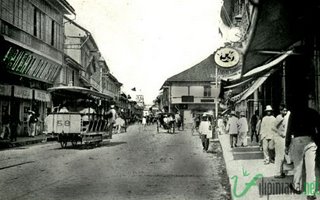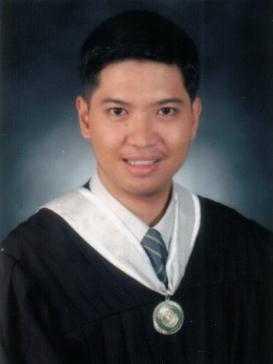
Every city in the world has its historic high street. Paris has its Champs Elysees, New York has its 5th Avenue, London has its Oxford Street, and Rome has its Via Venetto.
And in the Philippines, the most historic of high streets is the legendary Escolta, traversing both the districts of Binondo and Sta. Cruz, in the city of Manila. So move over Makati, Ortigas and Libis; these places will never replaced the pomp and glory of Escolta.
But would the locals ever think that Escolta was once glorious today? Probably not! Why would they anyway? Escolta is nothing more but a street in Manila in decay. But truth hurts indeed, for Escolta was once a thriving business center of Manila but now a has-been of its former glory.
I remember my grandparents and even my parents that in Escolta was the place of the places. Shops from different countries selling imported clothes, wines, jewelries, chocolates and furnitures are a place to see. It is like a Rodeo Drive according to my dad. It is a shopper’s dream to explore Escolta. The first Rustan’s, Shoemart (SM), Ayala shops are in Escolta, basking the heyday of the bustling life of Manila. The Bank of the Philippine Islands (BPI) main branch was in Escolta during the 1960s, a mark of Escolta’s charm to our commerce. The Lyric and Capitol Theater will never miss a Hollywood movie and a must-see for everyone in Escolta.
Now, young as I am, Escolta for me is nothing more but a mere street in the heart of Manila. The former shops of American and European traders are nowhere to be found. The Lyric and the Capitol Theater are now gone. The old BPI building is now a college and the Old Regina building, still standing, proudly stands at the corner of William Burke and Escolta and just across Estero de la Reina. The Old Regina Building for me is a survivor and a testament to the rise and fall of Escolta.
Not all was lost, however. Today, the Manila Government is working hard to preserve and restore the former glories of what was once a Manila flavor. Current Mayor Lito Atienza planned to make Escolta an IT center of Manila. Preservations of the old building are underway. With these developments, we asked answers to these questions; will Escolta rise again from the ashes of yesterday? Or will it totally fade away in the memories of the glory days? Time will tell.


